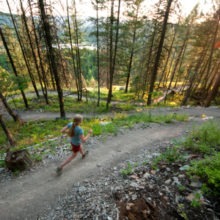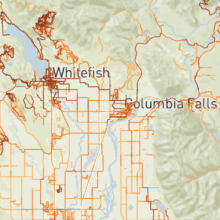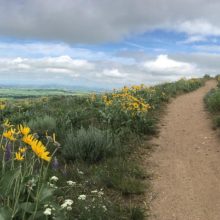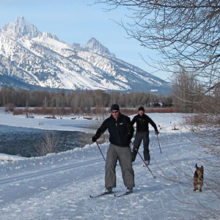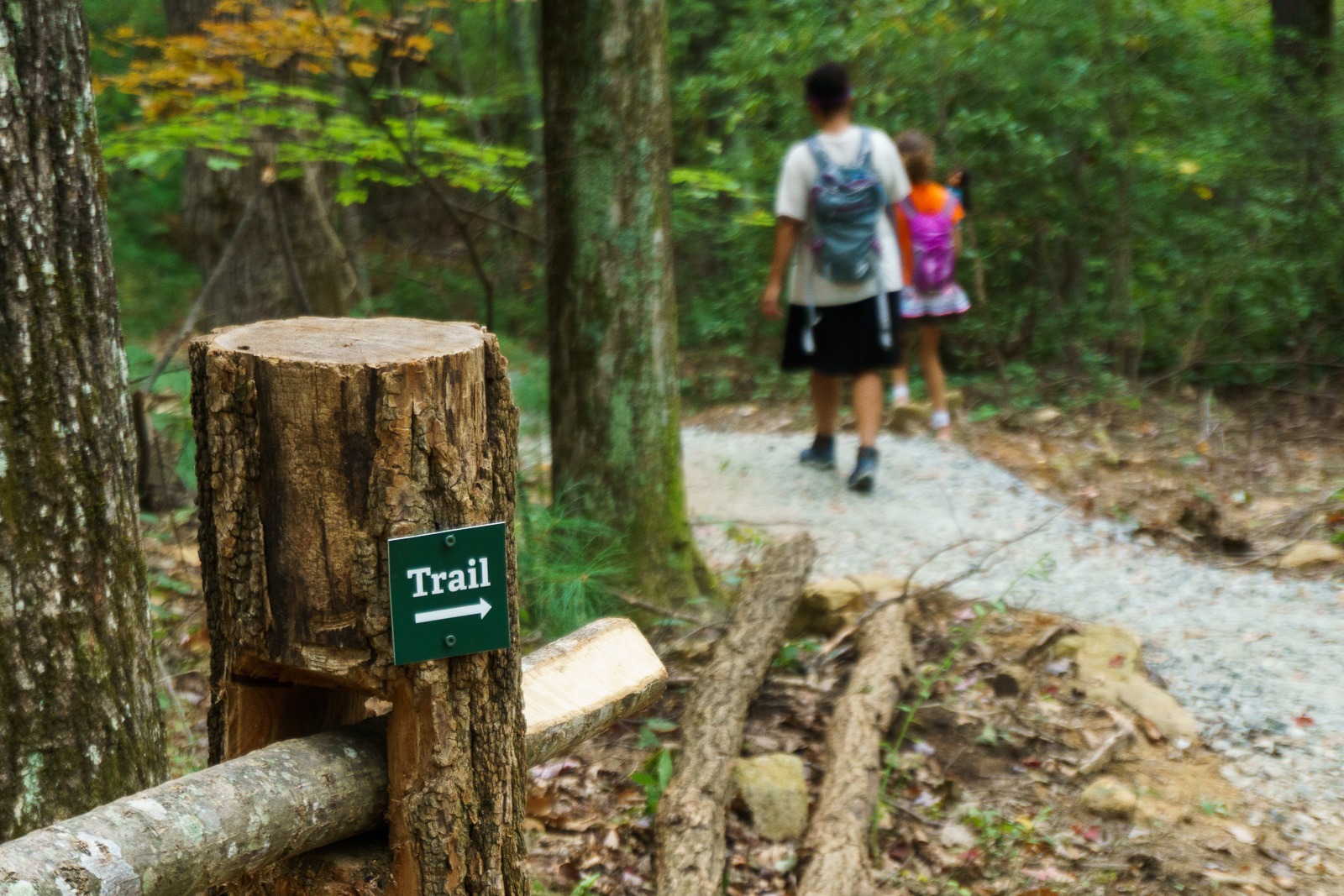
Innovative new ways to count outdoor recreation
We know that outdoor recreation is a large and growing part of our economy, as described by the Bureau of Economic Analysis and evidenced by the many state offices of recreation. But what we don’t know is: How much recreation is happening, and where is it happening?
Traditional methods of measuring recreation, especially dispersed activities on trails, are expensive and time-consuming and as a result are too often imprecise or inconsistent.
In this study, we examine the potential of novel data sources—fitness tracking apps, social media, and web browser data—to estimate how much recreation is happening. We developed a new, highly accurate statistical model to estimate and predict trail use through novel data. This information can help land agencies better manage outdoor recreation and help local communities better capitalize on its economic potential.
Better data is needed
Trail-based recreation tends to be dispersed across the landscape with many access points that make counting difficult. Current efforts by federal agencies and others are limited by the high cost of on-site counting methods and the inability to measure recreation across numerous trailheads and types of uses.
Without accurate information on recreation, budgets for recreation decline despite growing demand, and trail managers must resort to indirect measures of use such as rolls of toilet paper replaced at pit toilets or number of dog waste bags replaced at trailheads to determine whether use is increasing or decreasing.
More accurate measurements of recreation can help direct resources where they are needed most and anticipate challenges from increasing use.
Subscribe to our newsletter!
The promise of novel data sources
In this report we review the state of knowledge on how best to count recreation, exploring novel data sources such associal media, fitness tracking applications, and cell phone data to supplement traditional, on-site counts. We test some of these sources and methods in a case study to identify opportunities and limitations of different approaches.
The novel methods described in this report have the potential to allow land managers to develop a more complete and timely picture of how people are recreating in their jurisdiction. The novel data methods also have the potential to centralize the bulk of data collection and analysis for large federal agencies, removing some of the burden from the managers of individual units.
Highlights from our results conclude:
- Novel data can successfully be used to estimate trail use, with limited on-site calibration.
- The more users, the more accurate the trail-use estimates. The most accurate predictions are at monthly or annual scales.
- There remains a need to improve methods to ensure that novel data sources accurately represent trail users’ demographics (e.g., race, income, and age).
- From our case study and other research, we see strong potential to expand these models nationally, and expand the models to estimate economic impacts.
The novel data sources and techniques described in this report also can improve trail management and allow managers to proactively anticipate needs rather than simply react when parking lots and pit toilets are overflowing. With detailed information on use across all trailheads, those managing recreation can better understand trail use across the entire system, identify unsanctioned routes, spot new trends in types of use such as e-bikes, and identify when and where trail use is highest to help mitigate user conflicts.
Policy recommendations
Based on this research, we propose five policy recommendations. These recommendations are intended to help agencies, recreation managers, and advocates incorporate novel data into planning and resource allocation to help communities and agencies take advantage of the economic potential of outdoor recreation.
- Build a regional or national model to calculate trail use on federal lands.
- Mandate and fund improved recreation counts to improve recreation management.
- Incorporate improved recreation counts into funding allocations.
- Build partnerships among app companies, agencies, and nonprofits.
- Estimate economic impacts using novel data sources.









